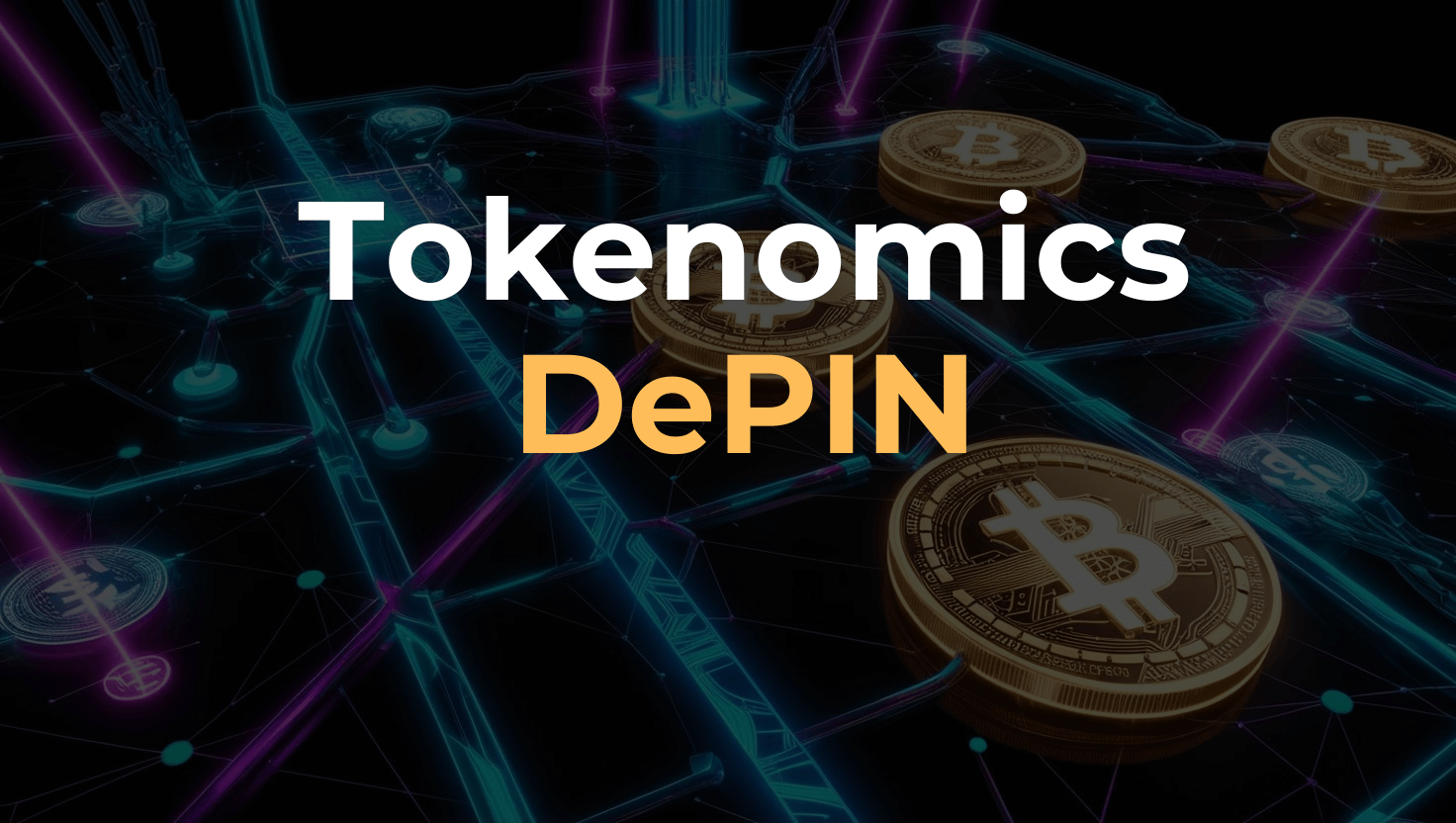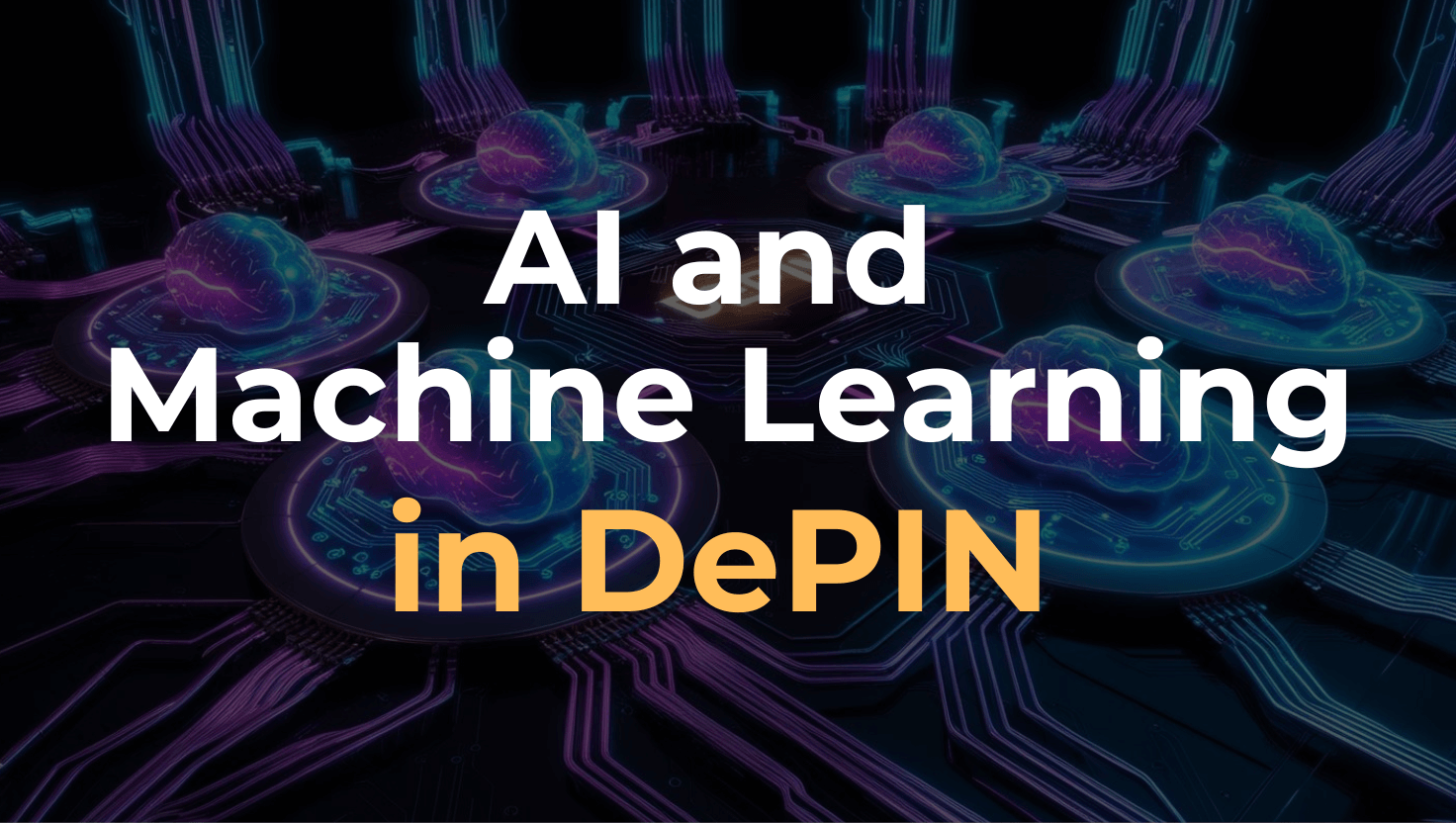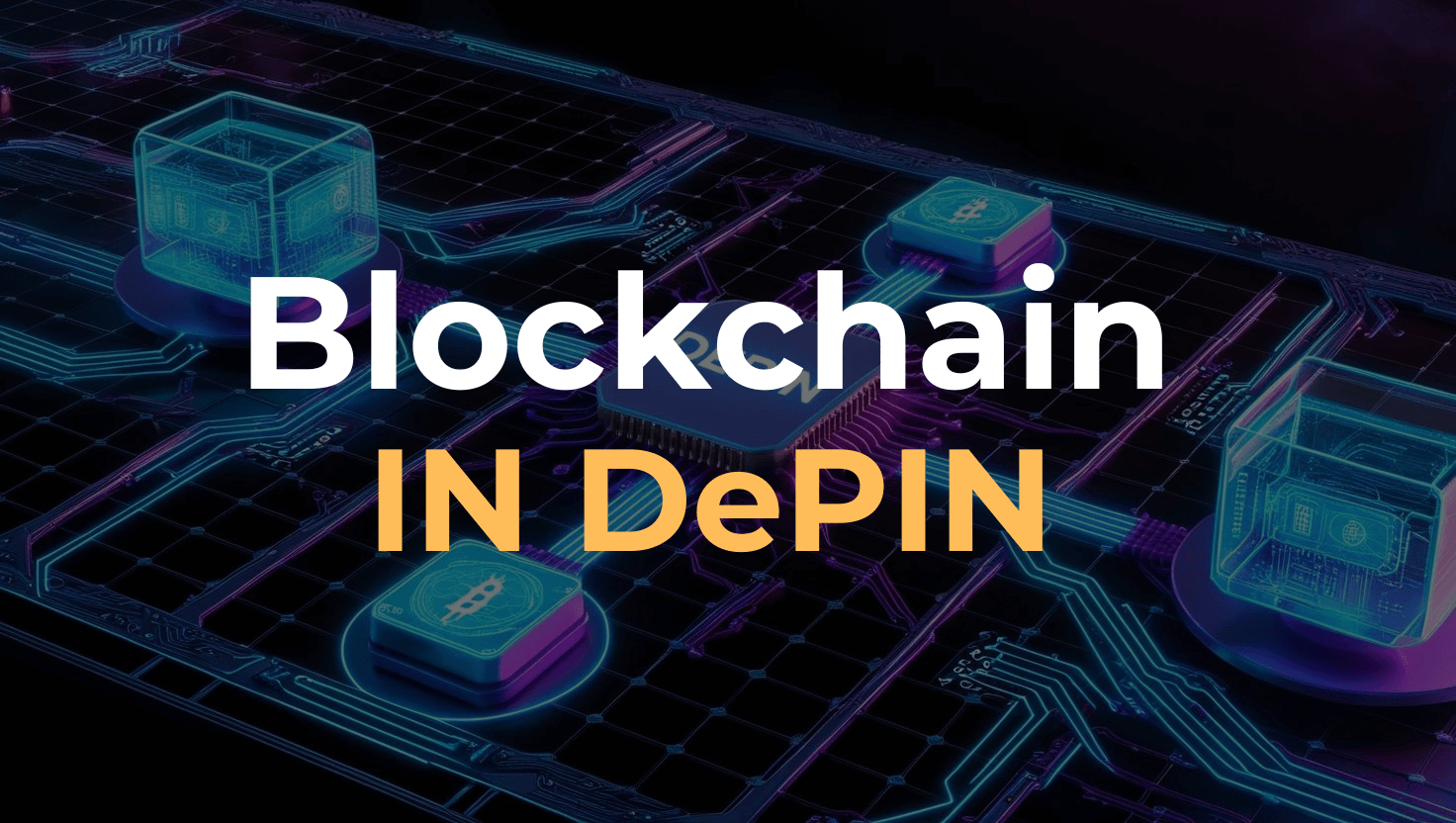Table of Contents
Tokenomics in DePIN

Table of Contents
Tokenomics in DePIN: The Definitive Guide to DePIN Tokenomics, Crypto Rewards, and Earning Potential
There have been a lot of changes around the world of video games and the cryptocurrency industry, and one of the most captivating changes in the past few years has been the development of DePIN (Decentralized Physical Infrastructure Networks). DePIN marks a paradigm shift in creating and developing physical assets with the help of blockchain. The innovation’s backbone is composed of decentralized networks and their economic model, also known as DePIN tokenomics.
In this article, we’ll analyze DePIN tokenomics in detail: how it operates, the significance of DePIN crypto rewards, and how people can begin earning from it. Be it someone who is just starting out in this topic or hoping to broaden their horizons, this intriguing phenomenon will be broken down for you.
What is DePIN?
Let us explain what makes DePIN unique before we examine tokenomics. As its name suggests, DePIN refers to Decentralized Physical Infrastructure Networks. DePIN comprises systems intended for the decentralized governance of a physical infrastructure—energy and transport networks, wireless communication systems, etc.
DePIN affords citizens and societies the opportunity to erect, sustain, and profit from the infrastructure. Contrasted with the traditional structure of networks, which is dominated by particular powers, this form of structure is decentralized and therefore cuts costs and promotes greater transparency and inclusivity.
DePIN and Tokenomics Simplified
Tokenomics is the collision between tokens and economics. It denotes the model that supervises the generation, allocation, and settlement of tokens in a blockchain framework. Within the DePIN framework, tokenomics ensures these decentralized networks are sustainable and can grow.
Major Elements of DePIN Tokenomics
1. Generation and Allocation of Tokens
In DePIN networks, tokens are generated through minting. The tokens are assigned to resource providers and network participants like infrastructure maintaners and transaction validators.
For instance, in a solar energy DePIN network, participants who install solar panels and contribute excess energy to the grid may be awarded tokens. This makes sure subjects are engaged and the network is expanded.
2. Why Are Tokens Useful
Within DePIN networks, tokens possess greater value than just access. They can be used to pay for various services within the network like utilizing a decentralized wireless network or charging an electric vehicle at a decentralized charging station. Moreover, tokens can be used to stake on the network, trade with other users, or sell on crypto exchanges.
3. Reward Structure
The incentive mechanism is one of the most important components of the DePIN tokenomics. Networks give away tokens to participants as a means to boost participation, which helps the DePIN network to be sustainable over longer periods. Such rewards, commonly called DePIN crypto rewards, are what keeps the users active within the network.
4. Governance
Tokens also serve governance purposes in decentralize networks like DePIN. A token holder can vote for specific proposals that concern the developmental aspect of the network like upgrades and alterations in the tokenomics model. Such change is neccessary to for the evolution of the network and the utilization of all participants to be satisfactory.
How DePIN Crypto Rewards Work
These rewards serve as an incentive for users to assist in the development of the network, thus contributing to its overall success. Let us delve deeper into how it functions.
Levels of Involvement That Entitle One to Rewards
1. Resource Contribution
Most users in the DePIN networks earn by providing some form of physical assets. For example, in a decentralized wireless network, users who create Wi-Fi hotspots can get tokens for the data supplied.
2. Network Services
Even the members who operate nodes and other necessary equipment within the network are rewarded accordingly. This ensures smooth and efficient operations of the network.
3. Transaction Verification
In some DePIN networks, users are eligible to earn rewards by confirming transactions. The term “stake” refers to locking tokens to help secure the network and validate transactions through the staking process. In other words, participants essentially earn part of the fees paid for transactions as their reward.
Real-Life Example: Helium Network
One of the more comprehensive examples of DePIN crypto reward is the Helium Network. Helium is a decentralized wireless network that enables users to install hotspots that can provide wireless coverage. In exchange, operators of these hotspots earn HNT tokens which can be traded or used within the network.
It has been reported that over 400,000 people currently own HNT. It also serves as proof on how DePIN crypto rewards can foster an active participation on the network’s hotspots, and in return offer decentralized impact on the ecosystem.
Earning From DePIN: Opportunities for Individuals
Efforts to decentralize physical infrastructures through network integration certainly do help individuals earn within the network ecosystem. One of the most exciting aspects of DePIN is the opportunity it offers individuals. Whether you are passionate about technology, or just want to make extra cash, there are various ways to earn from DePIN.
1. Setting Up and Operating Nodes
Numerous sanctioned DePIN networks require some form of physical infrastructure such as wireless energy nodes or hotspots. Individuals can set up and operate these energy nodes or wireless hotspots and earn tokens as rewards for the effort. It is undeniably a great option for those willing to invest in the required equipment and have the necessary skills.
2. Staking Tokens
One of the most seldom used approaches of earning from DePIN is through staking. When participants decide to stake their tokens, they take an active role in securing the network. In return for this service, participants are compensated with a portion of the transaction fees. This is a great method to achieve low-effort passive income.
3. Participating in Governance
A few DePIN networks have integrated a rewarding system to pay active users that participate in governance. Receiving extra tokens serves as compensation for their effort in voting or participating in discussions. This provides an income opportunity and gives participants a voice in how the network evolves.
4. Trading Tokens
Those who prefer a more passive method can trade DePIN tokens on cryptocurrency exchanges. As more people start to use the network, the demand for its tokens will likely increase, which creates the possibility for greater profit.
Challenges and Risks in DePIN Tokenomics
While DePIN provides many possibilities, one must be cautious about the difficulties and risks attached to its tokenomics.
1. Regulatory Uncertainty
The ever-changing law governing blockchain and cryptocurrency is in its infancy. Unfortunately, any adjustments to laws may affect the feasibility of DePIN networks and their tokenomics models.
2. Market Volatility
Like any crypto asset, the DePIN tokens carry the risk of value fluctuations on account of economic changes. The market movements can greatly impact the token user’s earnings which may fluctuate from time to time.
3. Technical Challenges
The DePIN networks are based on advanced technologies and any technical hitches can affect the overall functioning of the network. All these issues require active user involvement, as only then can the effectiveness of the network be achieved.
Future of DePIN Tokenomics
DePIN tokenomics has a bright outlook. It is anticipated that as decentralized infrastructure becomes more understood, the acceptance of DePIN networks will rise which will by extension lead to new models, and allow for greater earnings through DePIN.
In addition, the emergence of new blockchain technologies, like more efficient consensus processes, are expected to improve the sustainability and scalability of DePIN networks.
Conclusion
DePIN tokenomics is perhaps one of the most compelling aspects of decentralized Physical Infrastructure Networks and undeniably one of the most challenging to understand. Understanding its tokenomics, the significance of DePIN crypto rewards, and the ways one can earn from this system makes it easy for anyone to participate in this advanced ecosystem.
As the world moves towards more advanced forms of separation, DePIN stands out as a remarkable advancement in delivering better infrastructure systems that are more accessible, open, and effective. If you are someone who wants to be a part of the network or simply wishes to explore more about this field, there’s a lot that DePIN has to offer.
So, are you set to dive deeper into the realms of DePIN and discover ways to earn from this groundbreaking technology? The world of decentralized infrastructure awaits your participation!
FAQs About DePIN Tokenomics
Within the DePIN networks, tokens serve several functions, such as rewarding users, supporting the economy of the network, and voting.
You can start earning from DePIN by setting up nodes, staking tokens, participating in governance, or trading tokens on cryptocurrency exchanges.
DePIN crypto earnings are not assured and rely on various aspects like participation in the network as well as conditions in the market.
They include unpredictability in regulation, changing trends in the market, and issues in technology.






